Heroes and Scoundrels
THE HISTORY OF COMMUNICATION
Robert W. McChesney and John C. Nerone, editors
A list of books in the series appears at the end of this book.
Heroes and Scoundrels
The Image of the Journalist
in Popular Culture
MATTHEW C. EHRLICH
AND JOE SALTZMAN
UNIVERSITY OF ILLINOIS PRESS
Urbana, Chicago, and Springfield
2015 by the Board of Trustees
of the University of Illinois
All rights reserved
Manufactured in the United States of America
1 2 3 4 5 C P 5 4 3 2 1

This book is printed on acid-free paper.
Library of Congress Cataloging-in-Publication Data
Ehrlich, Matthew C., 1962
Heroes and scoundrels : the image of the journalist in popular
culture / Matthew C. Ehrlich and Joe Saltzman.
pages cm. (The history of communication)
Includes bibliographical references and index.
ISBN 978-0-252-03902-7 (hardcover : alk. paper)
ISBN 978-0-252-08065-4 (pbk. : alk. paper)
ISBN 978-0-252-09699-0 (e-book)
1. JournalistsProfessional ethicsUnited States. 2. Journalists
in motion pictures. 3. Journalists in literature. 4. Popular
cultureUnited StatesHistory20th century. 5. Popular
cultureUnited StatesHistory21st century. I. Saltzman, Joe,
1939 II. Title.
PN4888.E8E45 2015
305.909704dc23 2014032680
Contents
Acknowledgments
The authors thank Daniel Nasset, Tad Ringo, and the rest of the staff of the University of Illinois Press, as well as John C. Nerone and Robert W. McChesney, the editors of the History of Communication series. Three anonymous readers offered invaluable suggestions regarding the book, as did A. J. Langguth, Jill R. Hughes, and Barbara Saltzman. Steve Hanson and Sandra Garcia-Myers of the Cinematic Arts Library at the University of Southern California and the staff of the Margaret Herrick Library of the Academy of Motion Picture Arts and Sciences assisted in locating images. Joan Marcus and the Manhattan Theatre Club as well as Kevin Thomas Garcia and the Atlantic Theater Company kindly consented to allowing the use of images from the plays The Columnist and CQ/CX.
Matthew C. Ehrlich thanks his colleagues and students at the Department of Journalism and the College of Media at the University of Illinois for providing an intellectually vital place to investigate and think over the better part of three decades. He sends love and thanks to Mila Jean Ehrlich and Paul Stephen Ehrlich as well as to the rest of his family, and he continues to cherish the memory of his father, George Ehrlich.
Joe Saltzman thanks Barbara Saltzman for her constant love and support both as a wife and editor for the last half century; A. J. Langguth for his friendship and unwavering belief in the Image of the Journalist in Popular Culture (IJPC) project; and Ted Tajima, the high school journalism teacher who believed in him from the start and is responsible for any success he has had in journalism. He also thanks his students and colleagues at USC Annenberg, especially Dean Ernest J. Wilson III, Bruce Missaggia, Geneva Overholser, Liz Mitchell, and Michael Parks, for providing support for the IJPC, and, most of all, former dean Geoff Cowan and Marty Kaplan, director of the Norman Lear Center at USC Annenberg, for believing in the IJPC from the start. He is grateful to Michael, Sammy, Sarah, and Jennifer Glimpse Saltzman for their constant reminder of the power of love and the value of family, and to David Saltzman for teaching him the meaning of the joy of life and how the laughter that is always inside us can make even the worst moments of life bearable.
Authors Note
Heroes and Scoundrels: The Image of the Journalist in Popular Culture is not only a book but also a continually updated website and a DVD set that includes excerpts of movies and television shows that are featured in each chapter.
Any reader can visit the Image of the Journalist in Popular Culture website (http://www.ijpc.org), click on Heroes and Scoundrels, and find all of the supplementary and updated material for each chapter of the book. The IJPC website also has thousands of articles on the subject as well as the IJPC Online Database, with more than eighty-five thousand entries involving every aspect of popular culture. In addition, the website includes access to the IJPC Archive, the largest repository of research on the image of the journalist in popular culture, including thirty thousand videos; five thousand hours of audiotapes and MP3 files; and more than eighty-five hundred novels, short stories, and plays.
Those purchasing the book will be able to receive a copy of the specially produced DVD set if they join the IJPC at a reduced membership fee. There will also be an opportunity to communicate with the authors on the website about any questions dealing with the image of the journalist in popular culture.
Those with questions may contact Joe Saltzman at saltzman@usc.edu.
INTRODUCTION
Studying the Journalists Image
Why study the image of the journalist in popular culture? The main reasons are simple: First, journalism itself is supposed to provide us with the stories and information we need in order to govern ourselves. Second, journalists have been ubiquitous characters in popular culture, and those characters are likely to shape peoples impressions of the news media at least as much if not more than the actual press does. Third, popular culture is a powerful tool for thinking about what journalism is and should be.
Journalism is intrinsically tied to democracy, as the introduction to a journalism studies handbook puts it. It plays a key role in shaping our identities as citizens, making possible the conversations and deliberations between and among citizens and their representatives [that are] so essential to successful self-governance. The idea of a free press that was genuinely responsive to the needs of the citizenry remained as potent as ever.
The roots of todays popular image of the journalist can be found in hundreds of novels and silent films dating back more than a century, when a host of characters emerged: the energetic, opportunistic newshound who would do anything for a scoop; the tough, sarcastic female reporter trying desperately to outdo her male competition; the enthusiastic cub who wants more than anything else to be a bylined reporter; the big-city newspaper editor committed to getting the story first at any cost; and the ruthless media tycoon using the power of the press for his or her own selfish ends. Those archetypes carried over with relatively little variation into portrayals of radio and television newspeople and later of cyberjournalists. Such imagesat once repellent and romantic, villainous and heroichint at a complex, contradictory relationship between the press and the public.
As such, developing an understanding of what those images are and how they got that way is important. A parallel can be drawn with popular depictions of other occupations. Movies and television programs about attorneys depict bad professionals you wouldnt admire or want as your lawyer at the same time that they reinforce the ideas that courts work as institutions and that law in general can be trusted both in its articulation and application. In brief, studying the image of the journalist in popular culture is a provocative and entertaining way of generating insight into not only journalism but ourselves as well.


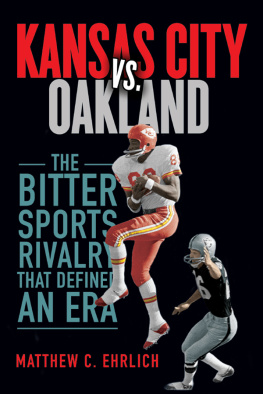
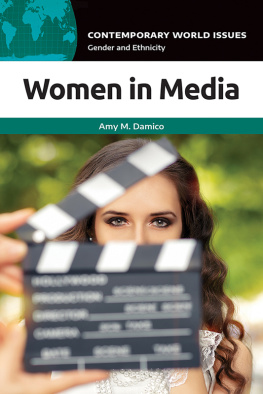
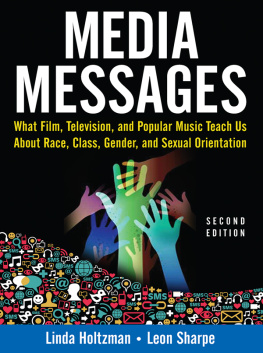
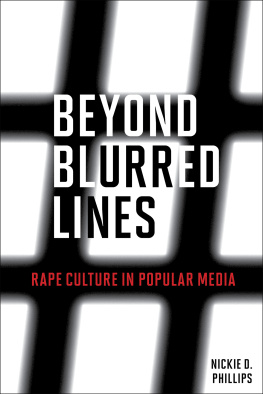

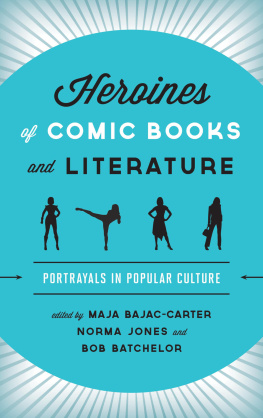
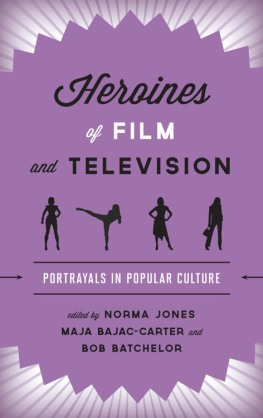

 This book is printed on acid-free paper.
This book is printed on acid-free paper.